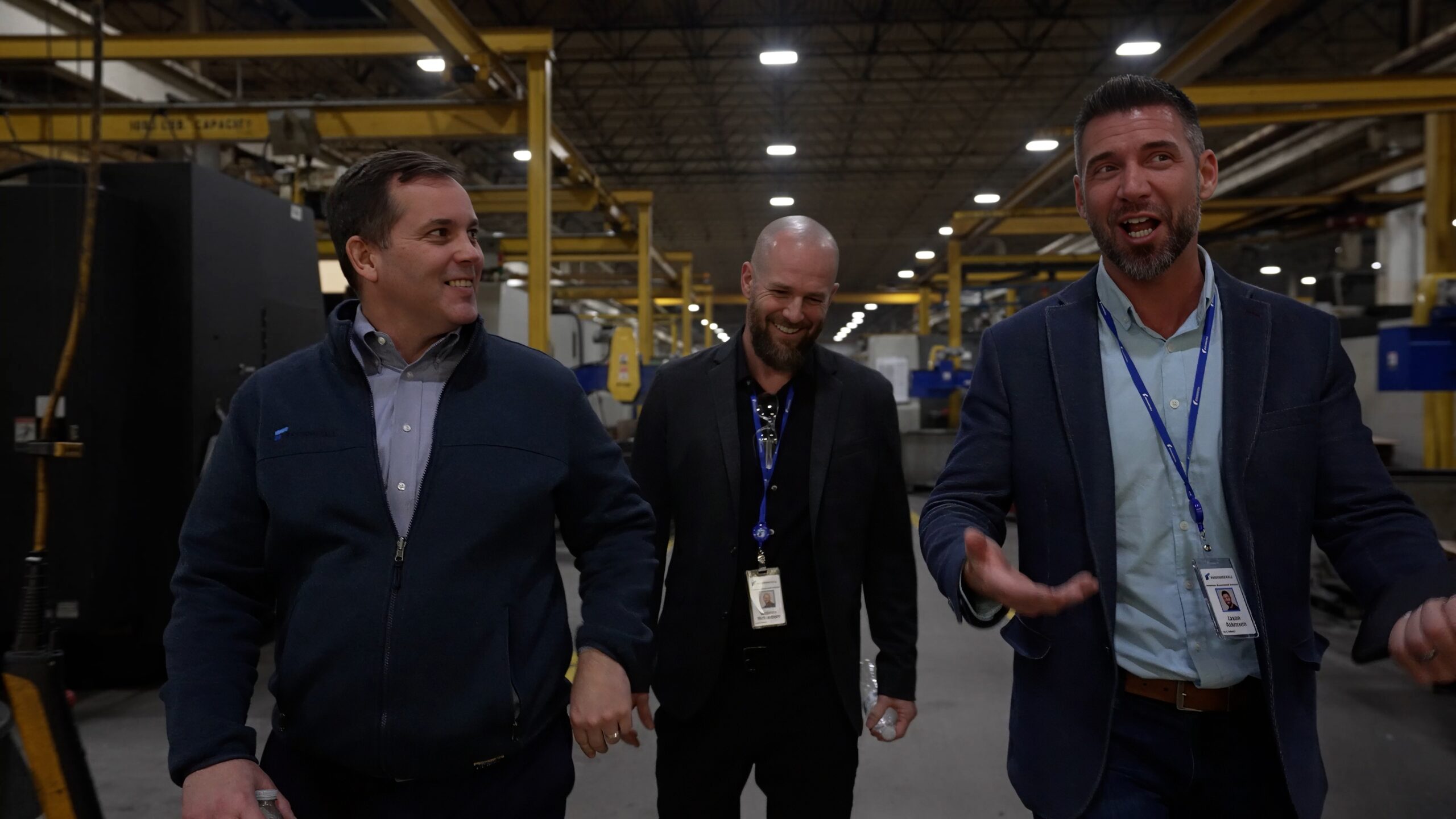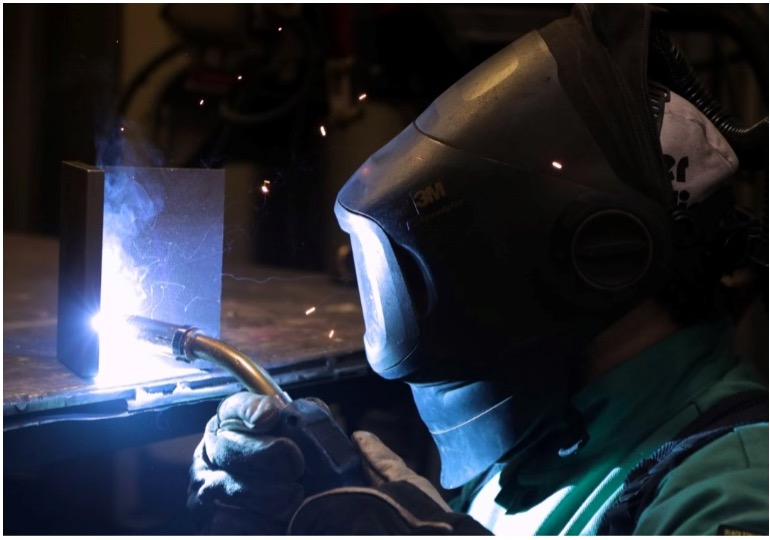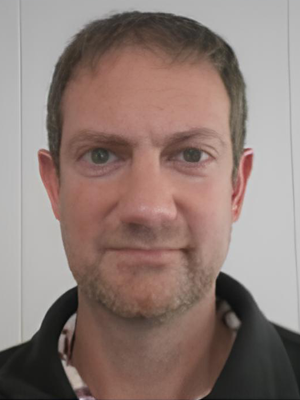The modern battlefield presents the Warfighter with an impossible situation: threats emerge in seconds, decisions must be made instantly, and information arrives scattered across multiple systems never designed to work together. Drone swarms appear without warning. Sensors get spoofed. Communications jam at critical moments. In this environment, survivability requires more than armor or firepower. It demands the ability to cut through the noise, understand what’s happening and coordinate effective and rapid responses.
To meet this challenge, American Rheinmetall has partnered with Anduril on the development of their next-generation combat vehicle: a tracked armored platform built for rapid modular upgrades, designed with a digital-first approach, and engineered to endure and dominate in contested environments. Anduril’s contribution delivers one of the most critical capabilities to the vehicle’s design —the Common Tactical Picture (CTP), a digital interface that fuses data from multiple sensors on and off the vehicle into a single, intuitive display.
“On the battlefield, speed of decision is critical,” said Aaron Davies, XM30 lead software engineer at Anduril. “Our CTP gives crews a huge advantage, allowing them to make sense of what’s happening, and act in seconds instead of minutes.”
Founded in 2017, Anduril has established itself as a leader in software-defined defense systems, autonomous platforms, and sensor fusion technologies. The company is applying its experience building mission-critical software for dynamic, high-risk operational environments directly to the development of the CTP, which addresses the information problem that has plagued combat vehicles for decades.
Solving the Information Overload Problem
A modern combat vehicle crew has the difficult challenge of processing radar contacts, camera feeds, off-board sensor reports, and vehicle system alerts simultaneously. In legacy vehicles, this information arrives through separate displays and competing priorities. The crew risks becoming information managers instead of Warfighters, but the CTP significantly reduces this problem.
“An operator no longer has to look at a radar point, then a camera image, and manually connect the dots,” Davies said. “CTP fuses the data, puts it where it belongs, and labels it so crews know exactly what they’re looking at and can quickly distinguish between benign contacts and actual threats.”
But information alone isn’t enough. The crew must act on it immediately. Traditional military interfaces create cognitive bottlenecks when seconds matter most and complex menu structures and lengthy procedures become deadly obstacles as threats close in. Drawing from consumer technology, the CTP applies design principles from familiar systems like Apple CarPlay and Android Auto to the unique demands of combat operations. The result is an interface that feels like an extension of the Warfighter’s own body, allowing them to react instinctively rather than pause to think or calculate.
Davies explained how that philosophy shows up in the details: “You’re using your finger instead of a precise mouse click, so the buttons must be larger. Workflows also need to be simpler. You can’t expect operators to dig through layers of fine-grained menus in the middle of a mission.”
In addition, CTP uses NATO iconography familiar to crews, reducing training time and allowing them to focus on the mission. It also builds on this familiarity with key functions designed for muscle memory, further enabling operators to make critical decisions in seconds. But the focus on simplicity extends beyond situational awareness, with the CTP integrating critical platform data—fuel levels, ammunition counts, and vehicle orientation—so crews can monitor their vehicle’s status without adding to their cognitive load.
“At the end of the day, all of this is about improving the Warfighter’s operational effectiveness and survivability,” Davies said. “The less time crews spend managing screens and systems, the more time they have to make decisions that preserve battlefield overmatch and keep themselves alive.”
Building for an Uncertain Future
The software-first architecture of American Rheinmetall’s next-generation combat vehicle addresses a fundamental problem for the military: by the time new vehicles reach the field, the technology is often years behind threats. Legacy platforms locked in capabilities at design, with new functionality requiring massive block upgrades.
“Traditionally, adding a new capability meant waiting for the next major upgrade—a Block 1 or Block 2 version—which takes years and massive engineering effort,” said Brett Denison, program manager at Anduril. “That slow, rigid approach just isn’t sustainable if we want to keep pace with the speed of tomorrow’s wars.”
Current conflicts demonstrate that adversaries can field new capabilities in months, while traditional defense acquisition timelines are measured in decades. The CTP’s architecture, like the rest of the vehicle’s design, addresses this challenge by enabling rapid capability updates through software rather than hardware redesigns. Critical to this approach is its Ground Combat Systems Common Infrastructure Architecture (GCIA) compliance, which prevents vendor lock-in.
“The next-generation combat vehicle program was built around modularity,” explained Paul Moote, American Rheinmetall chief technology officer. “Avoiding vendor lock-in means the vehicle isn’t tied to a single supplier. New sensors, battle management tools, or targeting systems from any vendor can be integrated through software updates instead of costly platform overhauls. This ensures the platform can evolve at the speed of modern warfare.”
Ultimately, the vehicle’s modular design keeps it relevant over its entire service life, delivering a decisive, future-ready advantage for the Warfighter.
A Strategic Partnership
Anduril’s role in the next-generation combat vehicle program shows how its software development expertise amplifies overall capability, complementing the broader team’s delivery of the design, armor, and weapons systems that form the vehicle’s combat foundation. Together, these contributions turn the platform into a fighting system that lets crews act faster and stay ahead of emerging threats.
“While we’re not building the tracks or the turret or any of the ammunition that will come out of the vehicle, our focus on software should make it more than the sum of its parts. It makes the platform a more lethal fighting vehicle,” Denison said, adding that the system turns scattered data into understanding, and that understanding into decisive action.
Every design choice reflects a single objective: enabling the Soldier to make sense of the battlefield and take action to achieve mission success. “At the end of the day, this is about making XM30 crews more effective,” Denison said. “When crews can outthink and outmaneuver the enemy, they hold the advantage—and they come home.”

















